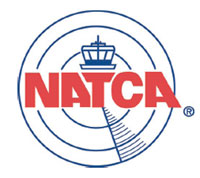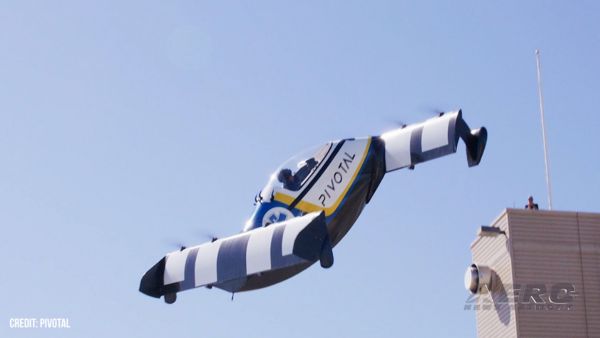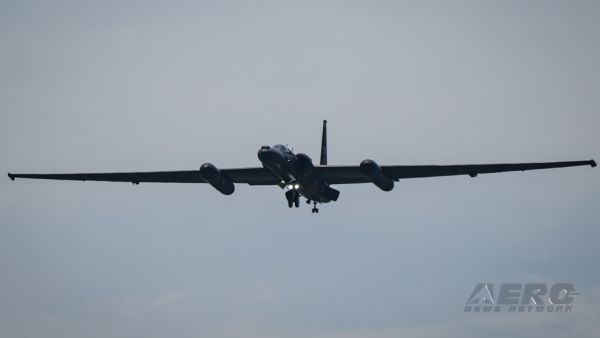Addresses NATCA Convention In Orlando
 In an address to the National Air
Traffic Controllers Association (NATCA) in Orlando Tuesday, NTSB
Chairman Deborah A.P. Hersman lauded controllers for their role in
keeping the number of runway incursions low while challenging
the FAA to hasten the pace of its efforts to improve runway
safety.
In an address to the National Air
Traffic Controllers Association (NATCA) in Orlando Tuesday, NTSB
Chairman Deborah A.P. Hersman lauded controllers for their role in
keeping the number of runway incursions low while challenging
the FAA to hasten the pace of its efforts to improve runway
safety.
Attributing the decline in runway related incidents and
accidents in part to "robust procedures, safe designs, and
well-trained and alert controllers and pilots," Hersman said that
"we still have a lot of work to do," and that the FAA needs to move
more aggressively to lower the risk of runway accidents.
Hersman chaired the NTSB's February meeting in which runway
safety was again voted onto its Most Wanted List of Safety
Improvements where it has been since its inception in 1990. The
Safety Board's recommendations to the FAA includes providing
immediate warnings of probable collisions and
incursions directly to flight crews in the cockpit; requiring
specific ATC clearance for each runway crossing; requiring
operators to install cockpit moving map displays or an automatic
system that alerts pilots when a takeoff is attempted on a taxiway
or a runway other than the one intended; and requiring a landing
distance assessment with an adequate safety margin for every
landing.
 Citing an ongoing investigation of
an incident in which a 767 landed on a taxiway in Atlanta in
October, Hersman said that the NTSB took a strong interest in the
event "because we want to know what led a professional flight crew
to mistake a taxiway for a runway, whether the controllers could
have detected the misaligned final approach to landing and
intervened, and whether there are technological tools that can be
used to prevent such incidents from ever occurring in the first
place." Although no one was injured in the incident, Hersman said
that "if this event had resulted in a fatal collision, there would
be - far and wide - immediate and understandable calls for
changes."
Citing an ongoing investigation of
an incident in which a 767 landed on a taxiway in Atlanta in
October, Hersman said that the NTSB took a strong interest in the
event "because we want to know what led a professional flight crew
to mistake a taxiway for a runway, whether the controllers could
have detected the misaligned final approach to landing and
intervened, and whether there are technological tools that can be
used to prevent such incidents from ever occurring in the first
place." Although no one was injured in the incident, Hersman said
that "if this event had resulted in a fatal collision, there would
be - far and wide - immediate and understandable calls for
changes."
Hersman also cited human fatigue as an area that the Safety
Board has become particularly focused on, saying that "We are
seeing fatigue as a causal or contributing factor in numerous
accidents across all transportation modes." The NTSB has made
recommendations to the FAA to set working hour limits for flight
crews, aviation mechanics, and air traffic controllers, and has
asked the FAA develop a fatigue awareness and countermeasures
training program for controllers and those who schedule them for
duty.

Deborah Hersman
Recently, NATCA and the FAA established a working group to
collaboratively address the human fatigue issues that the NTSB has
identified. Hersman noted the significance of this positive step by
the leadership of both organizations and called it a very
encouraging development.
Concluding with an invitation for air traffic controllers to
participate in a three-day forum on pilot and controller excellence
that the NTSB will be holding in Washington in May, Hersman
emphasized the value of learning from the numerous examples of
superior job performance by controllers. "Through our work we are
very good at finding out what went wrong, but frankly, it is just
as important to know what is going right, because we want to
replicate that throughout the entire national airspace system," she
said.
 Classic Aero-TV: EVAS Raises Awareness on Cockpit Smoke
Classic Aero-TV: EVAS Raises Awareness on Cockpit Smoke NTSB Prelim: Cessna 172S
NTSB Prelim: Cessna 172S Aero-News: Quote of the Day (08.10.25)
Aero-News: Quote of the Day (08.10.25) ANN's Daily Aero-Linx (08.10.25)
ANN's Daily Aero-Linx (08.10.25) ANN's Daily Aero-Term (08.10.25): Nonapproach Control Tower
ANN's Daily Aero-Term (08.10.25): Nonapproach Control Tower





